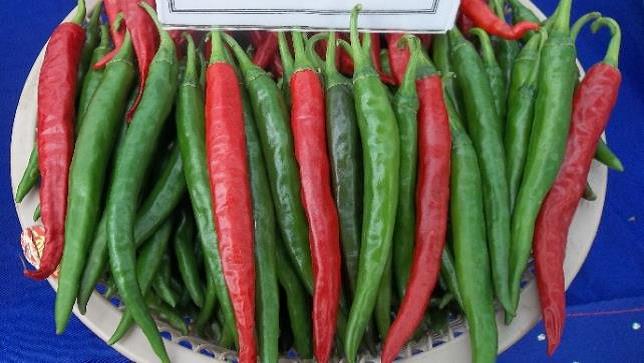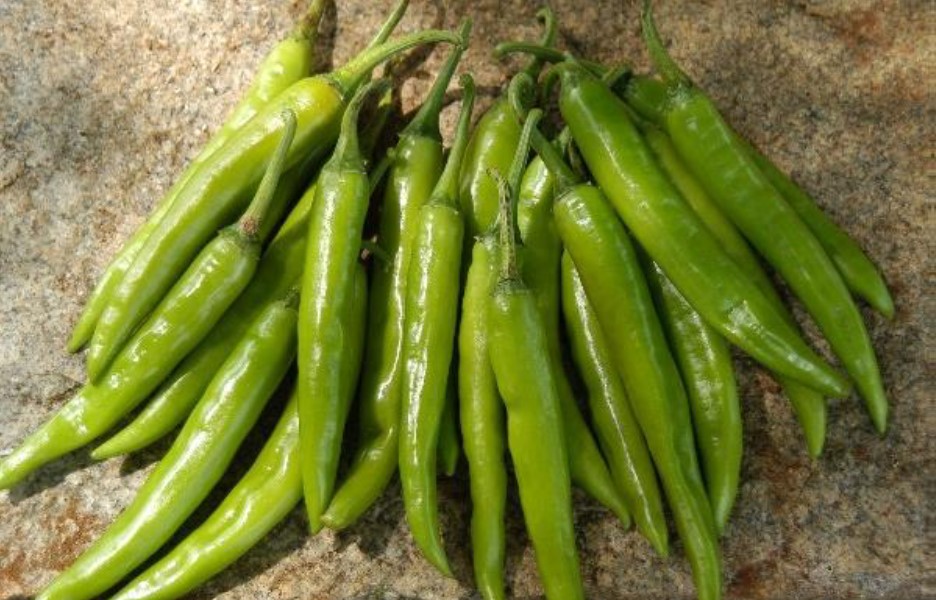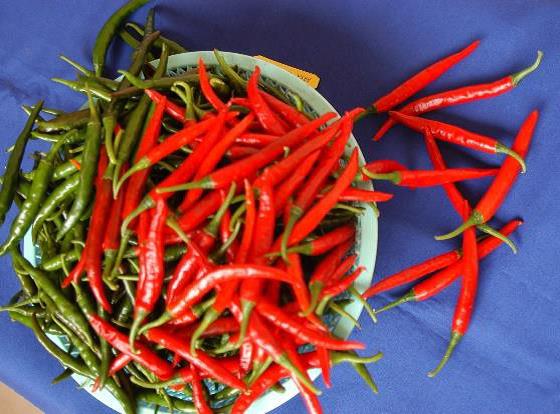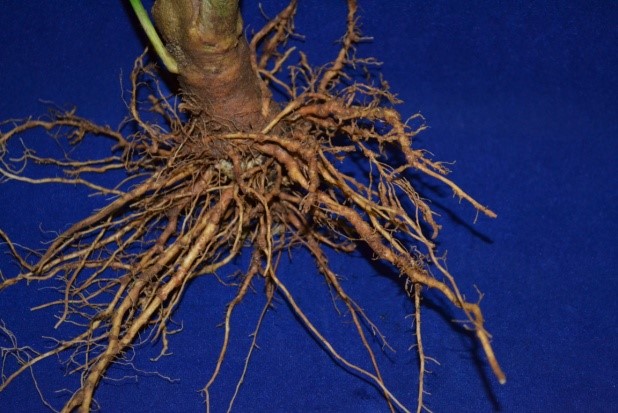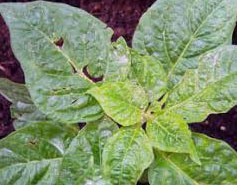Chilli Crop Cultivation

Chilli
(Capsicum
annuum L.) commonly known as mirch/ mirchi
belongs to the family Solanaceae, got introduced to
India in 1498 through Portuguese traders and has
become an indispensable commodity in every Indian
cuisine due to its pungency, spicy taste, appealing
color and flavor.
Chilli,
the hot pepper is one of the most valuable
commercial crops grown in
Chilli (Capsicum annuum L.) is known as the universal spice of India and has diverse utilities as a spice, condiment, and culinary supplement, and medicine, vegetable and ornamental plant. Chilli continued to maintain the lead in the spice export basket in India. Chillies are low in sodium and cholesterol free, rich in vitamins A and C, and are a good source of potassium, folic acid and vitamin E. The important chilli growing states are Andhra Pradesh, Karnataka, Maharashtra, Orissa, Tamil Nadu and Madhya Pradesh.
Chilli is mostly grown under rainfed cultivation and the crops are often affected by low moisture stress leading to inconsistent yield and quality. Chilli, despite their fiery “hotness” are one of very popular spices known for medicinal and health benefiting properties. India is the world’s largest producer and exporter of chilli and contributes 25% of world’s total chilli production. The common term used to denote chilli is “Mirchi” in Hindi. The major harvest season is between December and March with its supply reaching maximum during February-April. Chilli fruits are the rich source of vitamin C (Ascorbic acid), vitamin A and vitamin E.
